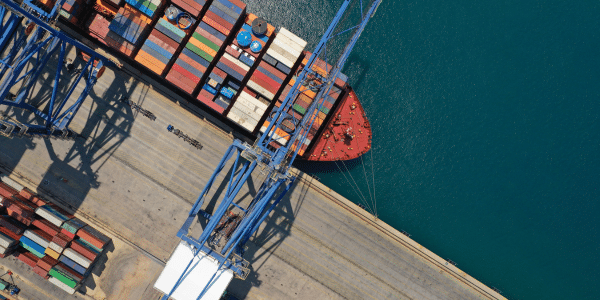IACS Releases New Onshore Power Supply Systems Recommendation

Guidance for Ship Designers and Operators
Rec. 182 provides comprehensive guidance for ship designers, builders, operators, and owners on integrating OPS systems into both newbuilds and retrofits. It addresses technical and operational challenges, ensuring interoperability, safety, and efficiency. The recommendation aligns with the International Maritime Organization’s (IMO) guidelines on the safe operation of OPS for ships engaged in international voyages.
Key aspects of Rec. 182 include ship requirements for OPS, ship-to-shore connection protocols, testing procedures for first connection, periodic testing requirements, operational safety measures, documentation of OPS procedures, pre-connection checklists, maintenance and testing plans, and quality assurance of shore supply.
Ships engaged in international voyages should be equipped with ship-side installations capable of accepting shore power. This includes incoming power receptacles, shore connection switchgear, and necessary protections to ensure compatibility with shore-side systems. The recommendation outlines specific protocols for the connection of ship-side and shore-side systems, emphasizing the need for dedicated ship-side circuit installations to manage the connection and disconnection of power safely.
At the first call at a shore supply point, ships should undergo mandatory tests, including visual inspections, insulation resistance measurements, functional tests of protection devices, and integration tests to ensure proper operation between ship and shore installations. If the time between repeated port calls does not exceed 12 months and no modifications have been made, only limited verification tests are required. However, if the interval exceeds 12 months, comprehensive testing as outlined in the document should be conducted.
The recommendation emphasizes the importance of safety precautions during OPS operations, including the use of personal protective equipment (PPE), adherence to “lock out/tag out” procedures, and ensuring effective communication between ship and shore personnel during power connection and disconnection. Ships are required to maintain detailed documentation of OPS operation procedures, including circuit diagrams, compatibility assessments, and emergency shutdown protocols. This documentation is crucial for ensuring safe and efficient operations.
A comprehensive pre-connection checklist should be completed prior to connecting to shore power. This checklist should cover operational limitations, communication methods, and contact information for personnel in charge (PICs) to ensure all safety measures are in place. The planned maintenance program for OPS systems should include periodic testing and maintenance procedures to ensure ongoing reliability and safety of the equipment. This includes regular inspections and functional tests of all critical components.
The recommendation highlights the necessity of assessing the quality of the shore power supply, including total harmonic distortion (THD) and voltage stability, to prevent potential damage to shipboard electrical systems and ensure a reliable power source during operations. This recommendation addresses a long-standing need for standardized guidance to support the adoption of OPS systems, as voiced by maritime stakeholders. By aligning with the industry’s overarching goal of reducing ship-related pollution and enhancing operational safety, IACS aims to contribute to the development of sustainable ports and better shipping practices.
The recommendation is available on the IACS website and serves as a critical resource for all stakeholders in the maritime industry.
